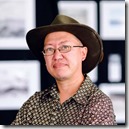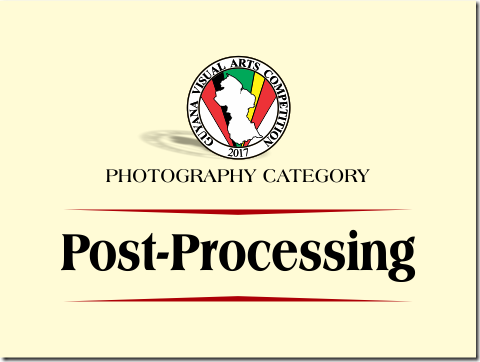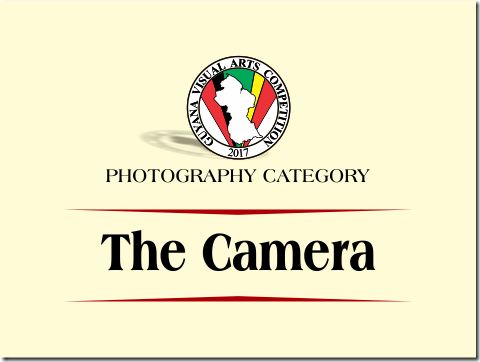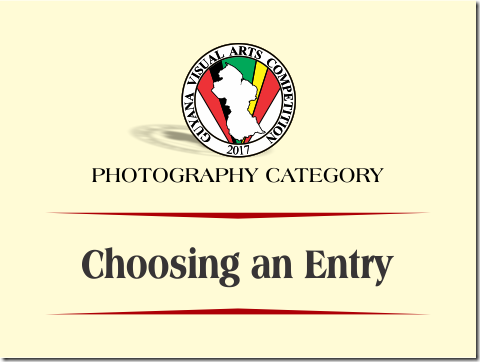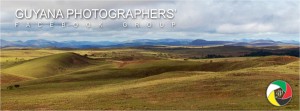Firstly, some disclaimers; I am not a judge, the content of these posts are my views based on experience, and for this post in particular, I do not take many of these types of photos.
Now, a reminder that this is an Art competition, not a photography competition, so the judges are likely looking at your entries as pieces of art, rather than a photograph, and they won’t care about the sub-genres such as landscapes, portraits, street, macro, etc. Also, their knowledge of photography may not be in-depth, so they could probably care less about your HDR technique, the macro-lens you used, or the amount of work (or lack of) that you did in Photoshop.
In deciding to use a photograph of things like people (portraiture specifically), flowers, animals, sunsets, buildings, your shoe or your big toe, remember that it has to appeal on an artistic level. While the portrait you did of a pretty girl may look very appealing, unless it is outstanding it likely won’t appeal as a work of art, think of Steve McCurry’s Afghan Girl, you might hang that on your wall, but the portrait of a bride you might not, unless of course, you probably know her. Flowers and sunsets are pretty, but they are a dime a dozen, and unless it has a visual appeal that sets it apart from all the other photos of sunsets and flowers it won’t stand out, for sunsets (or sunrises for that matter) make sure you have foreground interest or a subject that compliments the overall scene as well; for flowers, macro photography or including it as part of a landscape is likely to be more appealing than just a focused image of a single flower. I’m not saying that a simple sunset or even a single flower cannot be artistically appealing, I’m saying that its harder, but entirely possible. Animals in a photo can often be appealing, but that’s usually when they are part of the scene rather than the entirety of the image, again, it is quite possible for an animal portrait to be appealing, but its harder, also, just having a single animal dead centre of the frame (the same goes for flowers or any other subject for that matter) is often the least appealing of compositions.
I am not trying to dissuade anyone, remember I don’t often do these types of photos myself, but going on the types of photos that made the shortlist in the photography category in the last two editions of the GVACE, it seems harder for these types to cross that threshold, but not impossible, a portrait by Jamila Huntley did make the short-list in 2012, Sharon (Paul) Ramkarran’s Silver medal winning image had birds in the composition in that same year, 2014’s Gold medal winner by Fidal Bassier can be considered a street photograph, street portrait or a candid photo; but each of those had some context that set them aside from others of its kind.
If these are the kinds of photographs that you like taking, its quite likely that you have one that stands out, one that could be a winner.
Michael C. Lam works in Graphic layout for a living, one of his images gained the Bronze medal in the 2012 GVACE, he was shortlisted for the 2014 GVACE, was an exhibiting artist in the Un | Fixed Homeland curated exhibition at Aljira, New Jersey in 2016, and an exhibiting artist at the 2016 VISIONS Curated Exhibition. Some of his work can be seen on his site The Michael Lam Collection


